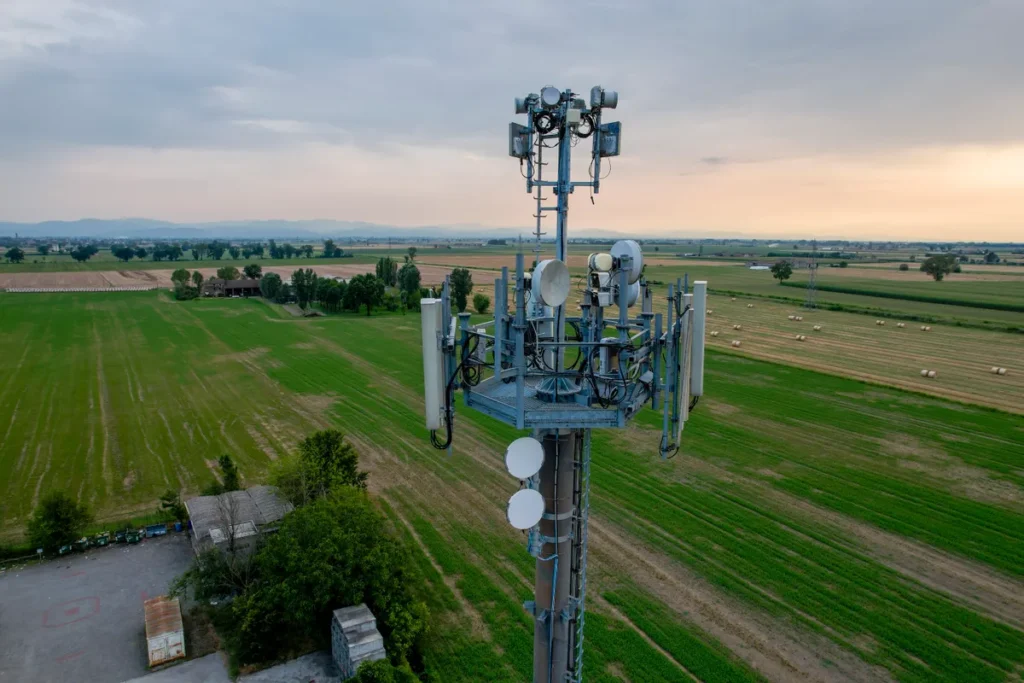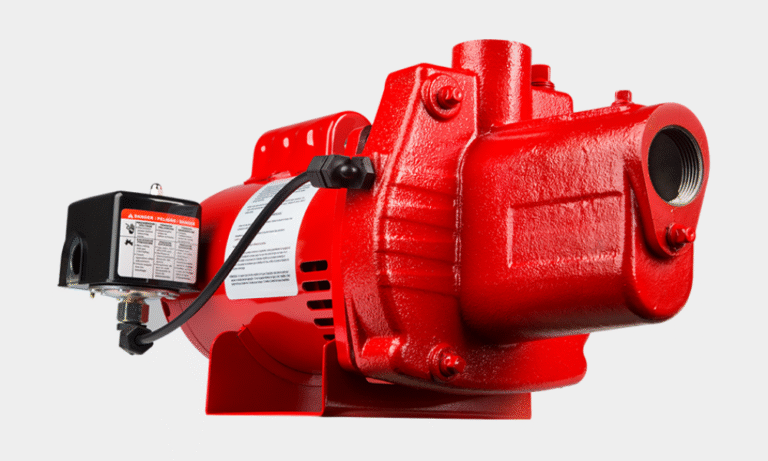Estimated reading time: 7 minutes
Last updated on August 16th, 2025 at 04:49 am
Living in a rural area can be a bit of a challenge when it comes to having access to the internet. Many rural areas don’t have access to reliable internet services, making it difficult to stay connected to the world. In this blog, we’re going to talk about the challenges of connecting to the internet in rural areas, the benefits of having an internet connection in rural areas, the best internet providers for rural areas, and how to troubleshoot your home’s Wi-Fi connectivity issues.
Introduction – What are the Challenges of Connecting to the Internet in Rural Areas?
The biggest challenge of connecting to the internet in rural areas is the lack of reliable internet service providers. Many rural areas don’t have access to cable or fiber optics, so dial-up is usually the only available option. This is a big issue as dial-up is slow and unreliable. In addition, there may not be enough internet providers in the area to provide competition, so prices may be higher than in other areas.
Another challenge is the lack of infrastructure in rural areas. Many rural areas don’t have the infrastructure needed to support faster internet speeds. For example, if a rural area doesn’t have access to cable or fiber optics, the only internet option is satellite, which is much slower than cable or fiber optics.
The final challenge is the cost of setting up a home internet connection. Setting up a home internet connection in a rural area can be expensive, as many internet providers don’t want to invest in the infrastructure needed to provide service in rural areas.
Benefits of Having an Internet Connection in Rural Areas

Having an internet connection in a rural area can be beneficial in a variety of ways. For example, it can help to bridge the digital divide between rural and urban areas. It can also help to provide access to educational opportunities, such as online classes, which can help to improve job prospects in rural areas.
Having an internet connection can also help to boost the local economy. With access to the internet, small businesses in rural areas can reach a wider audience, leading to more customers and more revenue. It can also help to attract new businesses to the area, as an internet connection is a prerequisite for many businesses.
Finally, having an internet connection can help to improve the quality of life in rural areas. With access to the internet, people can stay connected to the world, find entertainment, and stay informed about what is going on in the world.
Choosing the Best Internet Provider for Rural Areas
Choosing the best internet provider for rural areas can be a challenge, but there are a few things to consider that can help make the process easier. The first thing to consider is the type of internet connection available in the area. If cable or fiber optics are available, they are usually the best option, as they tend to be faster and more reliable than dial-up or satellite.
The second thing to consider is the cost of the internet service. Many internet providers offer discounts for rural areas, so it may be worth looking into. It’s also important to consider the reliability of the connection. Ask friends and neighbors about their experiences with their internet providers to get a better idea of your satellite internet options and who is the most reliable.
Finally, it’s important to consider customer service. Many internet providers have customer service numbers that can be called to get help with any issues that may arise. It’s always a good idea to find out how responsive the customer service team is before signing up for a plan.
Common Internet Connectivity Issues in Rural Areas

Internet connectivity issues are common in rural areas, but there are a few that are particularly prevalent. One of the most common issues is slow speeds. This can be caused by a variety of factors, such as outdated equipment, distance from the server, or interference from other devices.
Another common issue is dropped connections. This can be caused by a variety of factors, such as wiring issues, outdated equipment, or interference from other devices.
Finally, there are security issues. Many rural areas don’t have access to the same level of security as urban areas, making it easier for hackers to access personal information. It’s important to make sure that the internet provider is using the latest security protocols to protect your data.
How to Troubleshoot Your Home’s Wi-Fi Connectivity Issues
Troubleshooting Wi-Fi connectivity issues can be a bit tricky, but there are a few steps you can take to try and fix the problem. The first step is to check the router settings. Make sure that the router is set up correctly, and that the password is secure.
The next step is to check for any interference from other devices. If other devices are using the same frequency as your router, it can cause interference that can slow down your connection.
Make sure to change the frequency of your router to avoid this issue.
Another step is to check the speed of your connection. You can do this by running a speed test on your connection. This will give you an idea of how fast your connection is, and if it’s slower than expected, you may need to upgrade your plan or switch to a different provider.
Finally, you can try resetting the router. This may help to fix any issues that may be causing the connection to be slow or unreliable.
Tips for Improving Your Home’s Wi-Fi Performance
There are a few tips that can help to improve your home’s Wi-Fi performance. The first is to make sure that your router is in a central location. This will help to ensure that the signal is strong throughout the house.
The second tip is to place the router away from any electronic devices that may cause interference. This includes things like microwaves, cordless phones, and baby monitors.
The third tip is to keep the router away from metal objects, as metal can reflect the signal and cause it to be weaker.
Finally, it’s important to keep the router’s firmware up to date. This will help to ensure that it is running optimally and that it is secure.
The Best Internet Providers for Rural Areas

When it comes to the best internet providers for rural areas, there are a few that stand out. One of the best is HughesNet, which offers satellite internet with speeds up to 25 Mbps in rural areas. HughesNet also offers discounts for rural areas, making it an affordable option.
Another great option is Viasat, which offers satellite internet with speeds up to 100 Mbps in rural areas. Viasat also offers discounts for rural areas, making it an affordable option.
Finally, there is AT&T, which offers DSL internet with speeds up to 25 Mbps in rural areas. AT&T also offers discounts for rural areas, making it an affordable option.
How to Choose the Right Internet Plan
Choosing the right internet plan can be a daunting task, but there are a few tips that can help. The first tip is to determine your needs. Think about how much data you will need and how fast you need your connection to be.
The second tip is to compare plans. Look at the different plans offered by the various internet providers in your area and compare the cost, speed, and data allowances.
The third tip is to read the fine print. Make sure to read the terms and conditions of the plans you are considering to make sure there are no hidden fees or other surprises.
Finally, make sure to ask questions. Don’t be afraid to ask the internet provider for more information about the plans they offer.
Conclusion
Living in a rural area can be a challenge when it comes to having access to the internet, but with the right internet provider, it can be done. In this blog, we’ve talked about the challenges of connecting to the internet in rural areas, the benefits of having an internet connection in rural areas, the best internet providers for rural areas, and how to troubleshoot your home’s Wi-Fi connectivity issues.



